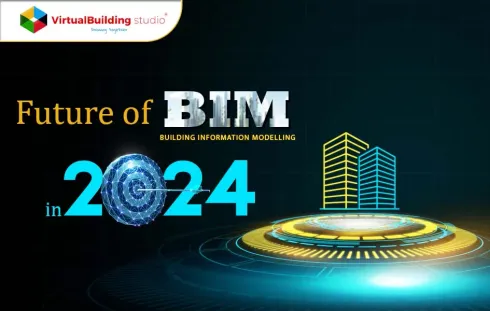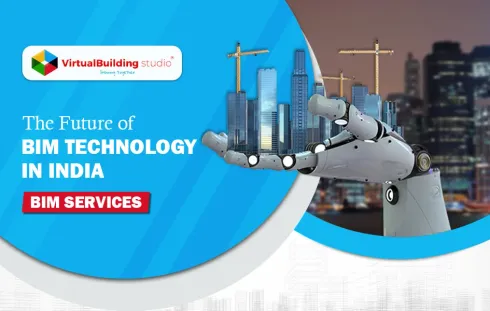
The construction industry employees more than 7% of the worlds labour force and more than $10 billion are being spent on construction-related activities, every year. It would certainly come as a shock that even after spending so much money and resources on this industry, the growth of this industry has remained considerably flat over the years. Why is that, one would wonder?
Employees in the AEC Industry have been quite apprehensive about adopting new technologies, part of the reason why this industry has been one of the most under-digitized industries for the longest time.
But, over the past few years, there has been a regular, upward shift in the productivity of this industry as a whole. The Integration of AI (Artificial Intelligence) into BIM technology has revolutionized the construction industry and has increased productivity multi-folds.
Artificial Intelligence is all the rage in the world today and it is getting ready to dominate globally, even as we speak. Artificial Intelligence, as opposed to Natural Intelligence, means intelligence that is exhibited by computers.
Several animals mimic others because mimicking provides survival advantages and helps them to catch prey or escape predators, this is an example of Natural Intelligence.
On the other hand, machines mimicking human cognitive functions is an example of Artificial Intelligence. AI entails functions such as recognizing and interpreting patterns, finding links and connecting the dots between different pieces of information, problem-detection and problem-solving.
Machine Learning is one of the many applications of AI. Machine Learning is getting the computers to learn, without being explicitly programmed for it.
When the machine is exposed to more data, it scrutinizes the data to provides insights into the same and does what an average human can do, a lot faster, more efficiently, and at the same time, learning and remedying as it goes along. The Integration of relevant data into your 3D BIM models helps with efficient project planning and faster project delivery.
AI (Artificial Intelligence) is being used in the construction industry for a lot of reasons. Let’s try to enlist a few of them:
1. Justification in Cost-Overruns:
Most of the construction projects go over-the-budget because let’s face it, construction is a tedious task and getting everybody to work at the same rate and competence level is not a realistic thing to ask for. Budget and schedule are both subject to entropy.
But Machine Learning helps prevent cost-overruns and renders realistic timelines based on previously fed data. This significantly expedites the timeline of the project, thereby, accelerating project delivery.
2. Reinforcement Learning:
AI induces learning based on trial and error. It allows the machine to review several alternatives and assess which ones work best for a large data set. This provides a well-reviewed output and this assessment is stored in the system for planning future projects in a better way
3. More Efficient Designing:
While constructing 3D models, we need to make sure that there are no clashes between different MEP plans (Mechanical, engineering and, plumbing).
The sequence and timeline of these activities need to be strictly reviewed and planned to prevent clashes which incur cost-overruns and delayed project delivery. With AI, we can now create clash-free models that save time and budget.
4. More Productive Job Sites:
We live in the era of robotic cars that sense their surroundings and move around with no human inputs required. It is quite obvious that at some point, we are going to be expanding the system of robotics to create machines that aid in construction-related activities.
We may no longer require humans to operate a bulldozer or an excavator. Heavy machinery may soon become self-operated. This will reduce the timeline of the project, reduce the number of labourers required on-site and also prevent occupational hazards by reducing the number of fatalities.
5. Off-site Construction:
This may take a while to get established in the market but off-site construction is getting increasingly popular. More and more off-site construction centers are being developed where autonomous machines lay the groundwork and get together the components of a building.
These components are later aggregated on-site by human workers. AI helps in developing these components efficiently and within a short period. This improves the overall quality and expedites the delivery of the project.
According to a recent survey, AI is capable of reducing the costs of a project by more than 20%. Along with a significant reduction in costs, AI also helps deliver faster, more efficient projects, helps prevent cost over-runs and renders safer working environments for on-site workers, which in turn, increases the productivity of this industry. AI, when integrated into BIM, provides an approach that is all set to take over the global market, one 3D model at a time.




